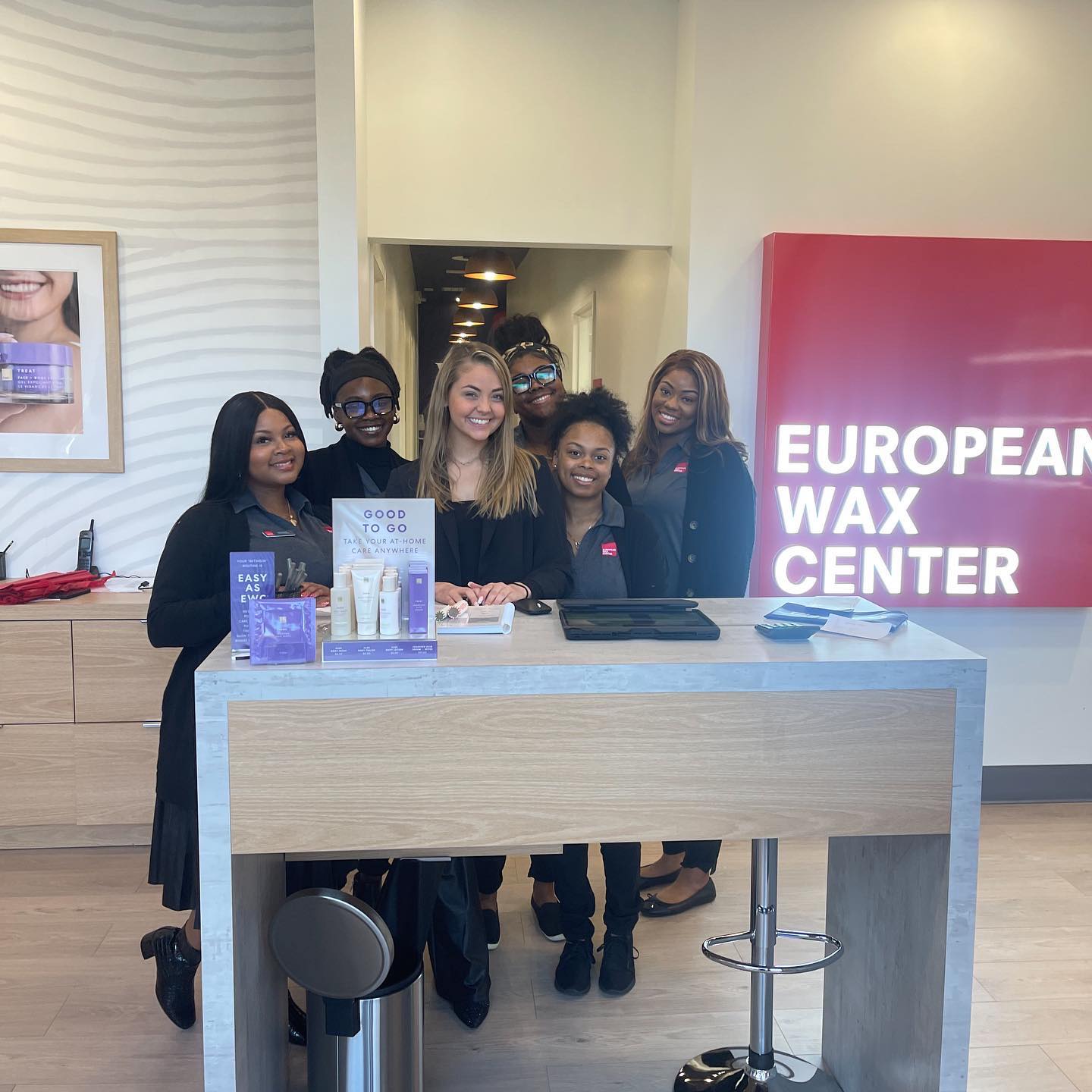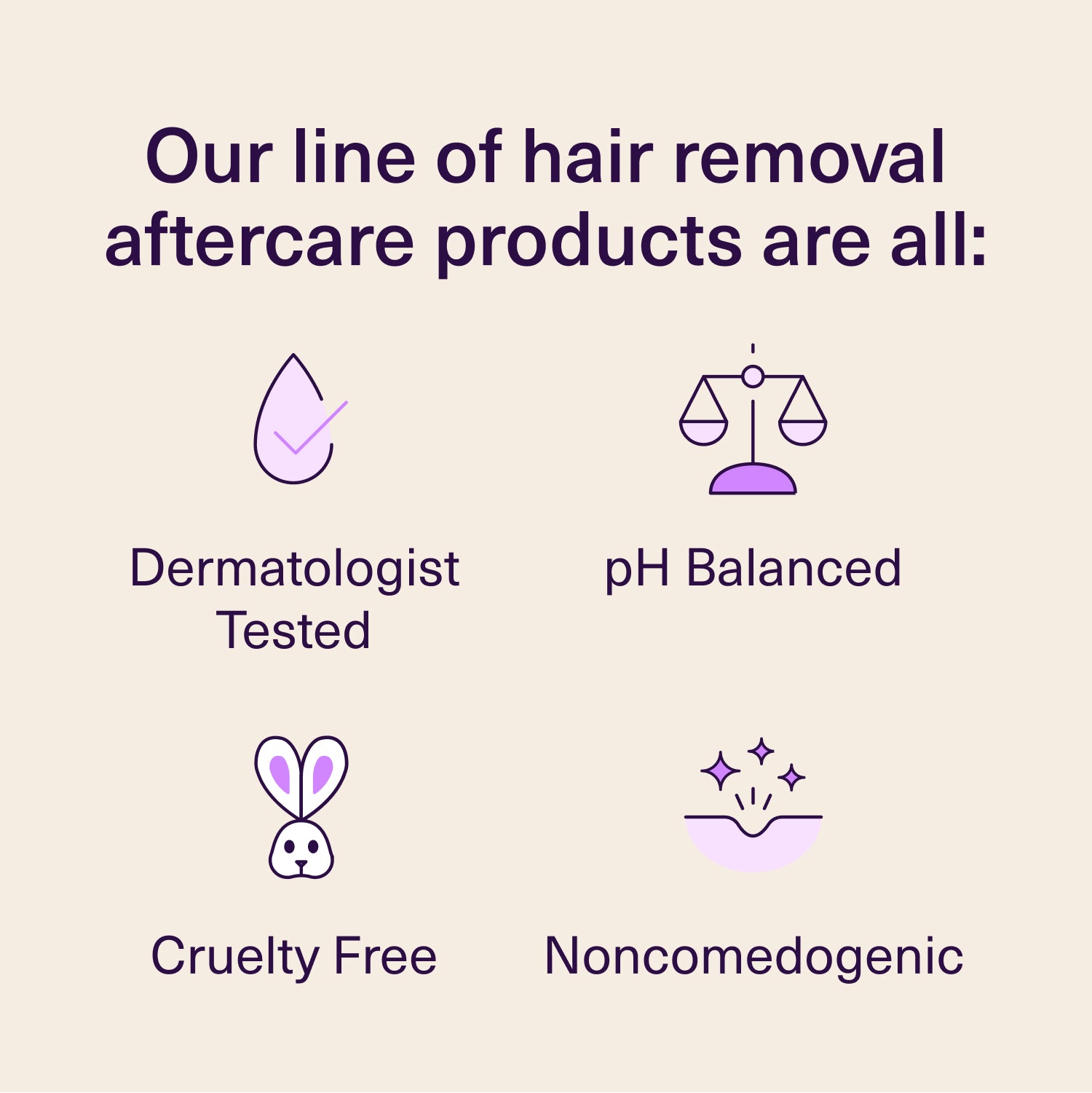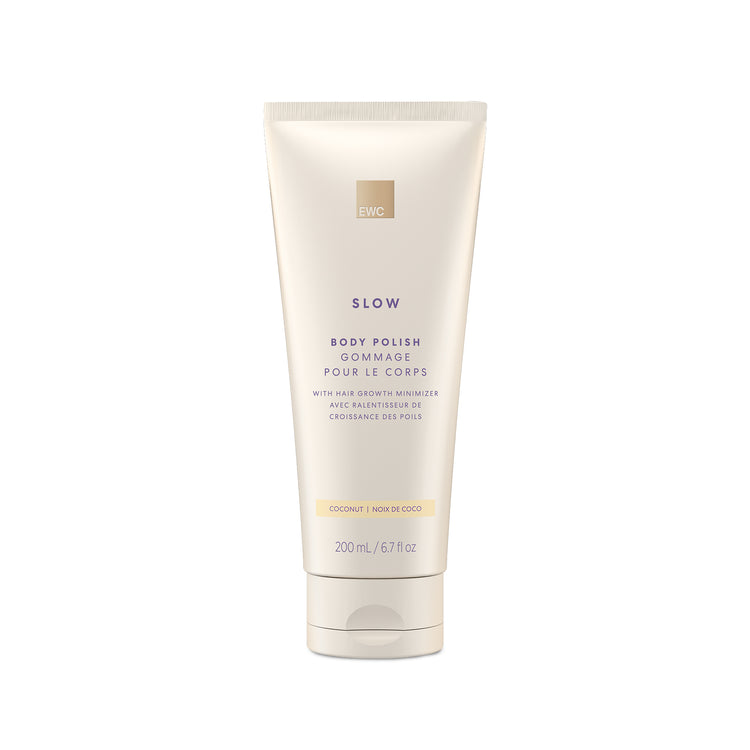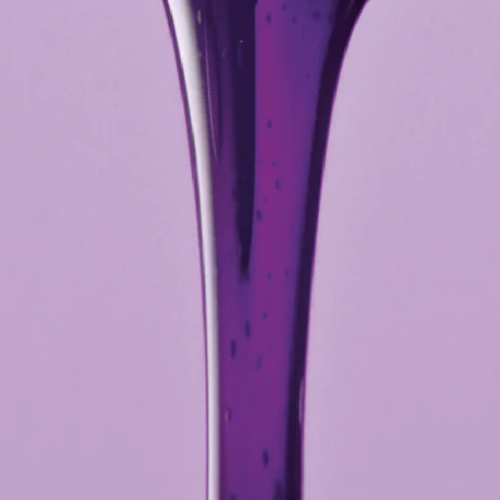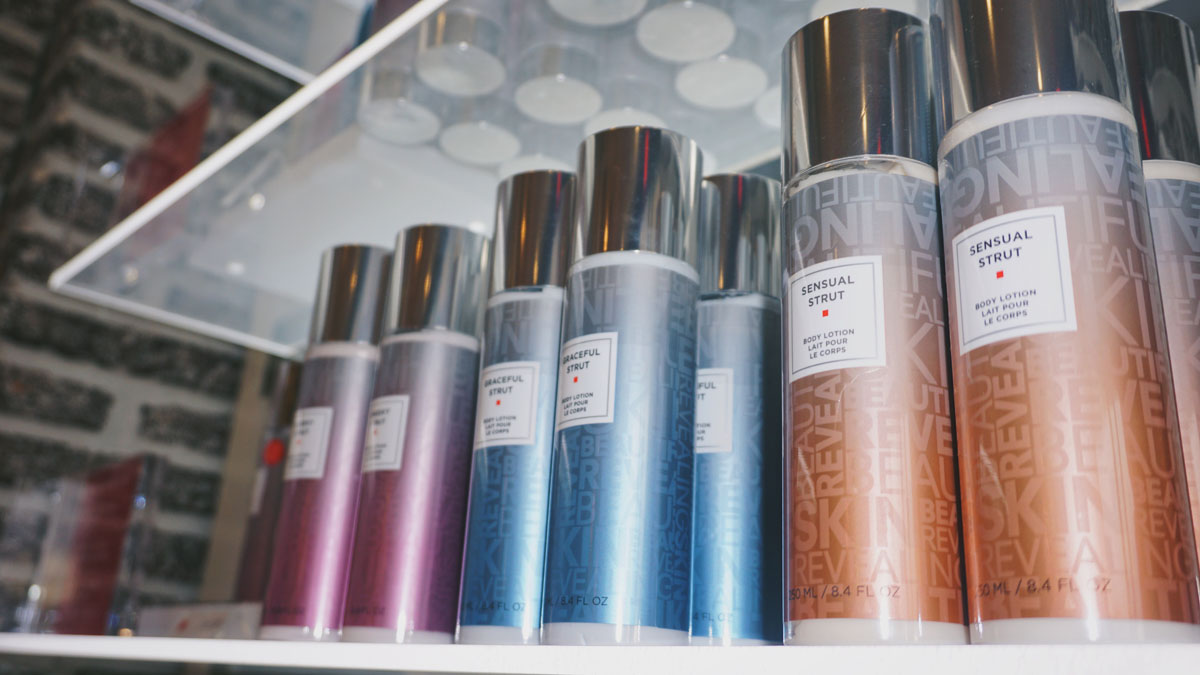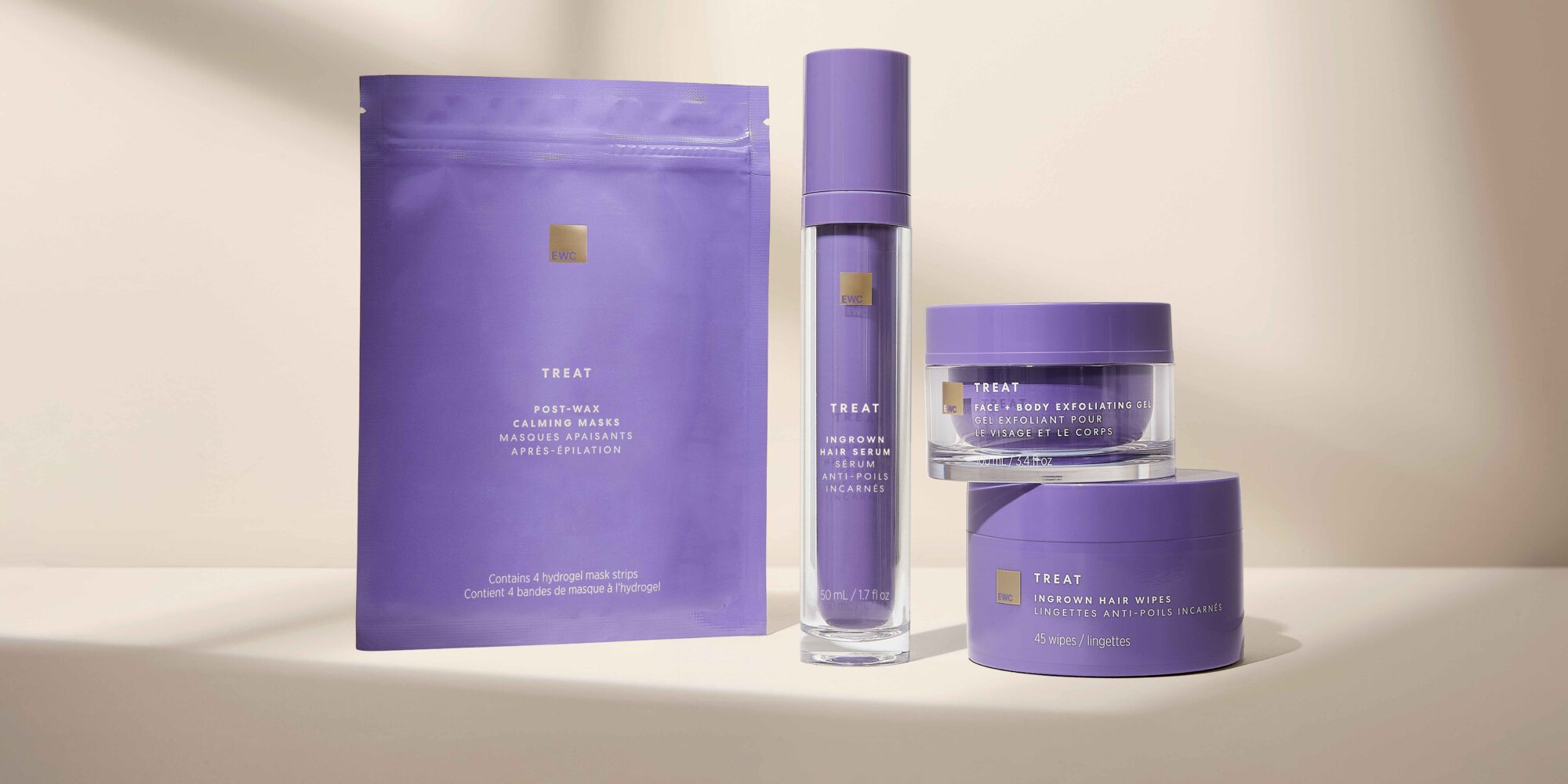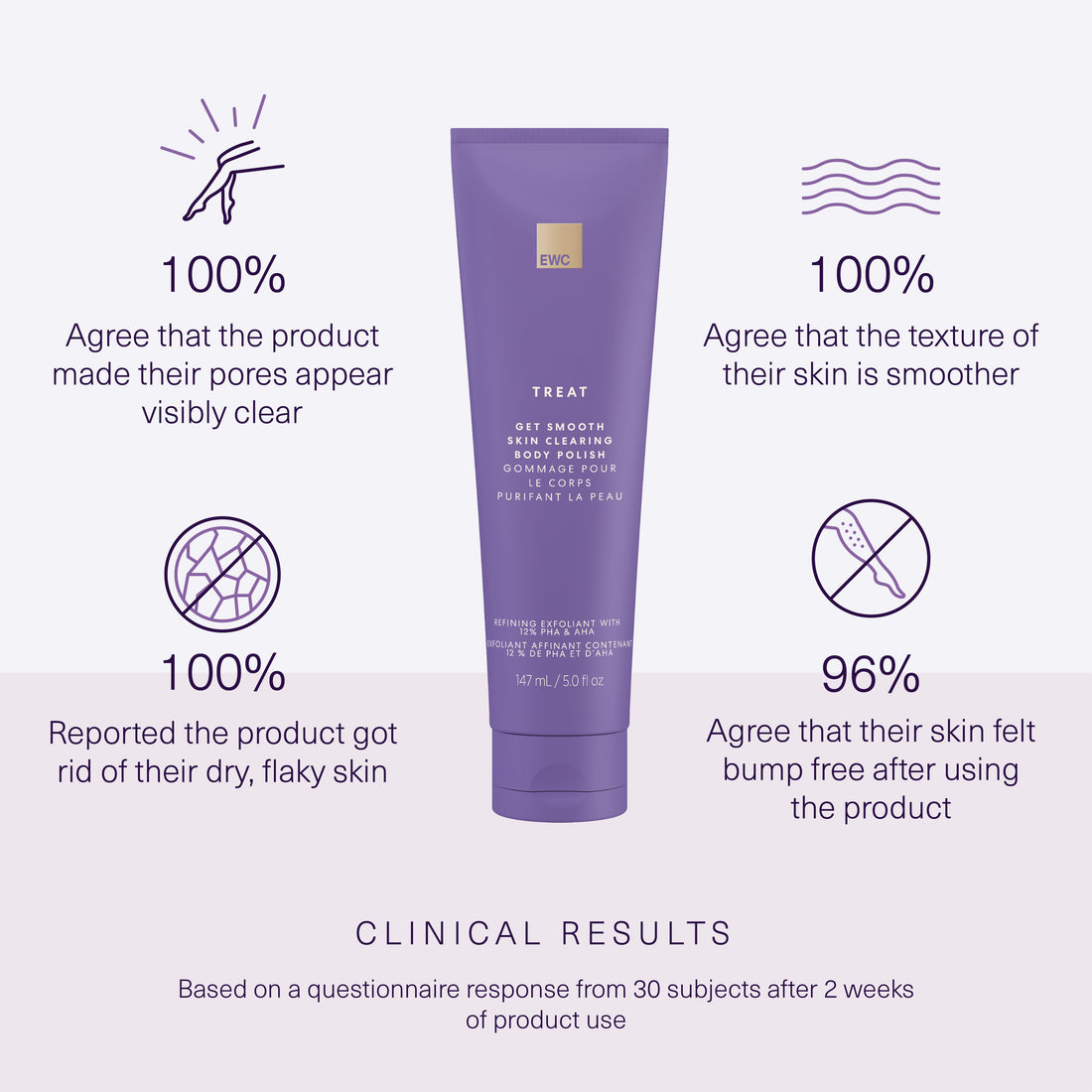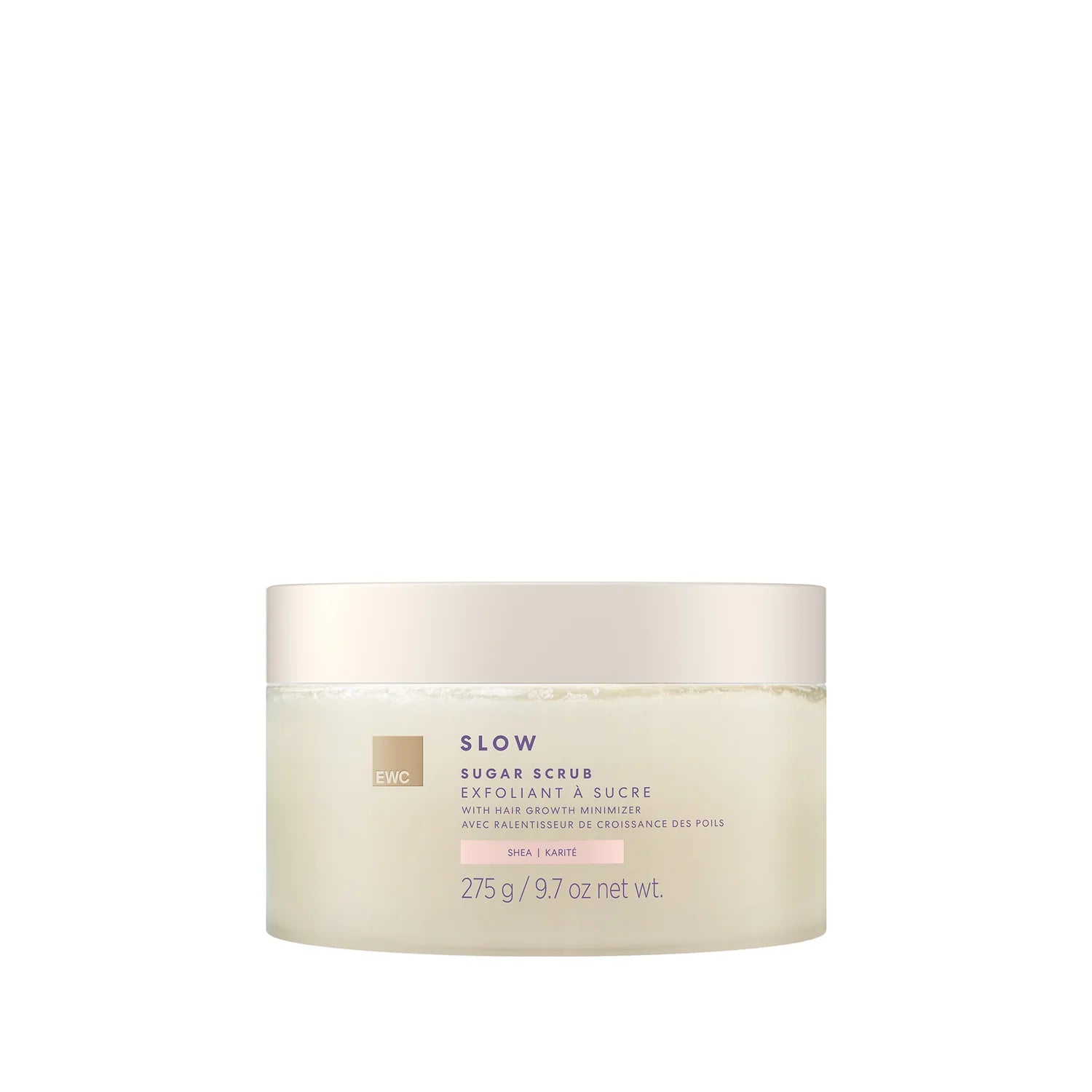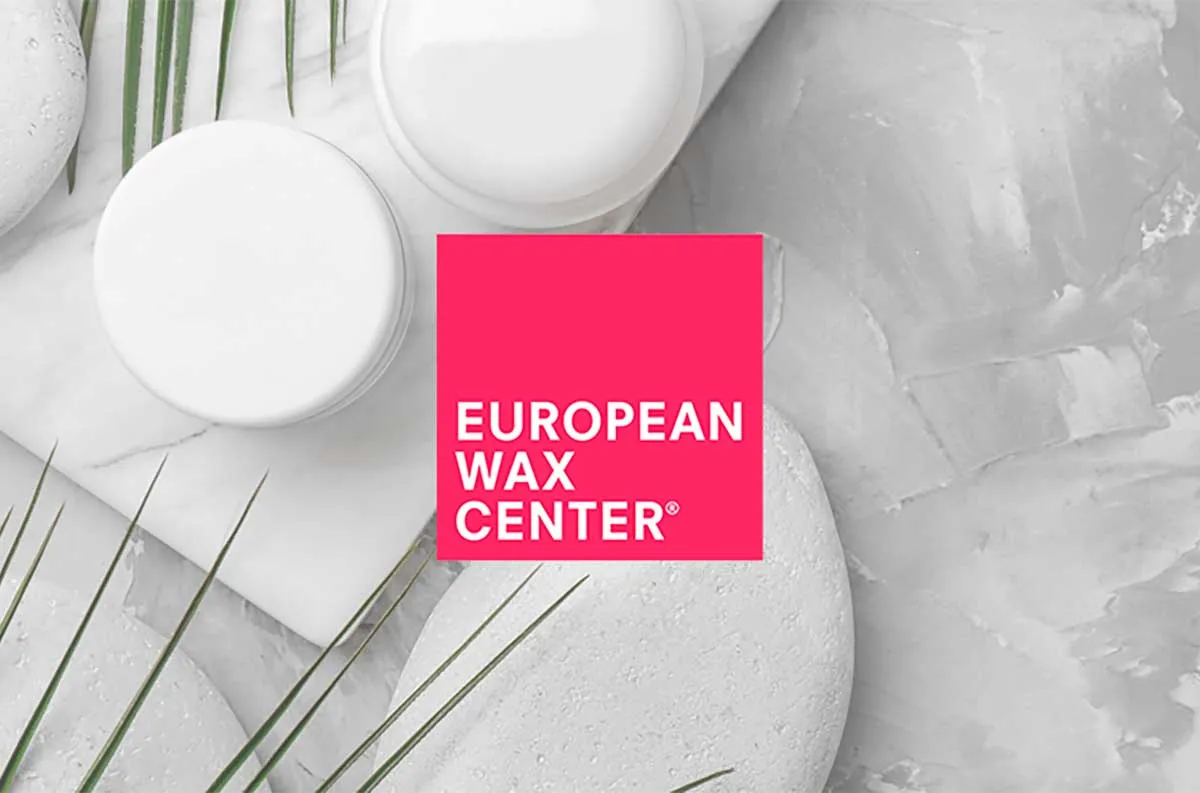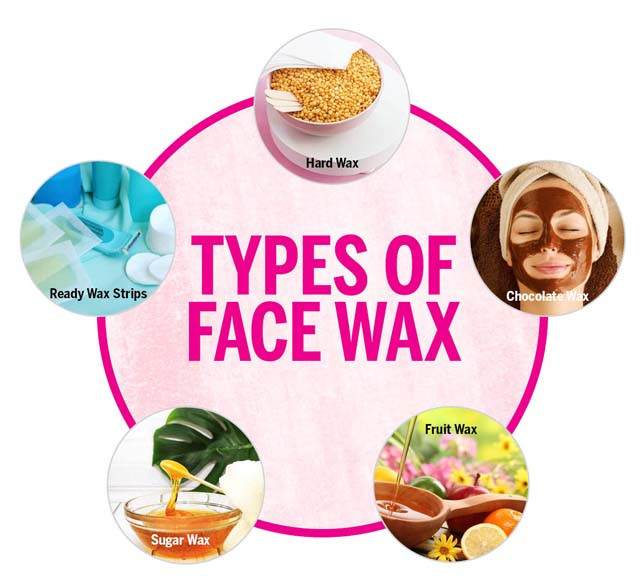What Wax Does European Wax Use

The pursuit of smooth, hair-free skin is a global phenomenon, and the beauty industry has responded with a plethora of hair removal methods. Among them, waxing stands out for its relatively long-lasting results, making it a popular choice in both Europe and North America. Understanding the specific types of wax used by major players like European Wax Center (EWC) is crucial for consumers concerned about ingredients, potential allergies, and overall waxing experience.
This article delves into the types of wax primarily utilized by European Wax Center, examining their composition, application, and potential impact on skin health. It will explore the distinctions between different wax formulations and shed light on the brand's approach to ingredient transparency and customer care. This investigation aims to provide a comprehensive understanding of EWC's wax choices and their implications for consumers.
European Wax Center's Wax Philosophy
European Wax Center has built its brand on the promise of a comfortable and effective waxing experience. They emphasize proprietary wax blends designed for various skin types and hair textures. Their core wax offerings revolve around hard wax and soft wax, each serving distinct purposes in the hair removal process.
Hard Wax: The Striptastic Route
EWC's hard wax is a stripless wax, meaning it hardens on the skin and is removed directly without the use of muslin strips. This type of wax is generally favored for sensitive areas like the bikini line and face. Hard wax adheres primarily to the hair, theoretically causing less irritation to the surrounding skin.
The composition of EWC's hard wax is a key area of interest for consumers. While the exact formulations are proprietary, it's understood that they typically contain a blend of natural and synthetic resins. These resins are responsible for the wax's ability to grip hair effectively.
Often, hard waxes incorporate beeswax, which acts as a natural emollient and helps to soothe the skin. Other ingredients that could be present include various oils, polymers, and coloring agents. These additives can affect the wax's flexibility, melting point, and overall performance.
Soft Wax: The Strip Dependent Method
Soft wax, in contrast to hard wax, requires the use of muslin or paper strips for removal. EWC uses soft wax primarily for larger areas like legs and arms. The process involves applying a thin layer of warm wax to the skin, then pressing a strip onto the wax and quickly pulling it away in the opposite direction of hair growth.
Soft wax formulations typically rely on resins, often combined with honey or other sugars for added stickiness and moisturizing properties. Oils and emollients are also incorporated to help protect the skin during the procedure. The specific ingredients used in EWC's soft wax remain closely guarded, but their purpose is consistent with industry standards for achieving effective hair removal while minimizing irritation.
Ingredient Transparency and Allergen Concerns
EWC, like many beauty brands, faces the challenge of balancing proprietary formulations with consumer demand for ingredient transparency. While they don't disclose the exact recipes for their waxes, they do provide information about potential allergens. This information allows customers to make informed decisions based on their individual sensitivities.
Common allergens in waxes can include rosin, a natural resin derived from pine trees, and various fragrances or dyes. Individuals with sensitive skin or known allergies should always request a patch test before undergoing a full waxing treatment. A patch test involves applying a small amount of the wax to a discreet area of skin to check for any adverse reactions.
It's advisable to communicate any existing allergies or skin conditions to the waxing specialist prior to the service. EWC's trained estheticians should be able to assess individual needs and make appropriate recommendations.
The EWC Waxing Experience: Beyond the Wax Itself
The overall waxing experience at European Wax Center extends beyond just the type of wax used. The brand places a strong emphasis on pre- and post-wax care to minimize discomfort and prevent ingrown hairs. This includes the use of pre-wax cleansers to remove oil and debris from the skin.
Post-wax products, such as soothing serums and lotions, help to calm and hydrate the skin, reducing redness and irritation. Regular exfoliation is also recommended to prevent ingrown hairs from forming as the hair grows back. These additional steps are essential to maximize the benefits of waxing and maintain healthy, smooth skin.
The skill of the wax specialist also plays a crucial role in the waxing experience. Properly trained estheticians can apply the wax evenly and remove it quickly and efficiently, minimizing discomfort. Their technique helps to reduce the risk of skin irritation or damage.
Looking Ahead: The Future of Waxing
The beauty industry is constantly evolving, with new technologies and formulations emerging regularly. The future of waxing may involve even more specialized wax blends designed for specific skin types and hair removal needs. Increased focus on natural and organic ingredients is also a likely trend.
Consumers are becoming more educated about the ingredients in their beauty products and demanding greater transparency from brands. This trend is likely to influence the future of waxing, with companies providing more detailed information about their wax formulations.
European Wax Center's commitment to ongoing training and innovation will be crucial in adapting to these changes. By staying informed about the latest advancements in waxing technology and responding to consumer demands, EWC can continue to provide a positive and effective hair removal experience.
